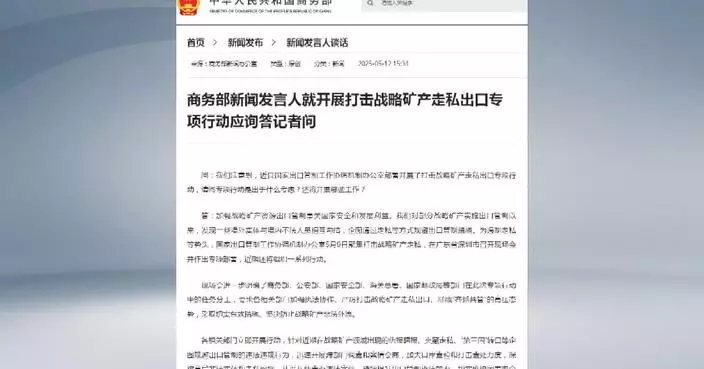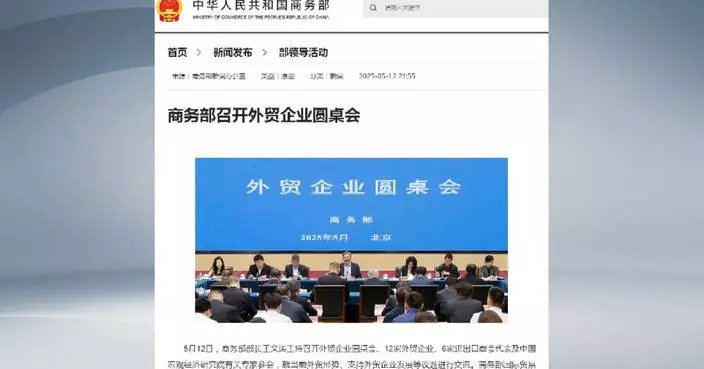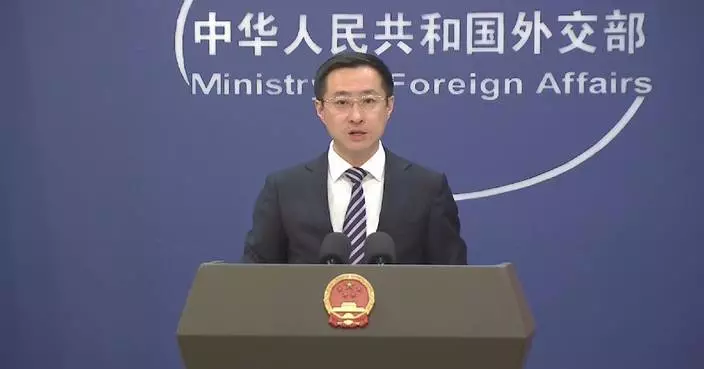Confidence among China’s small and medium-sized enterprises (SMEs) strengthened in October as market demand rebounded, according to data released Monday by the China Association of Small and Medium-Sized Enterprises.
According to the association, China's Small and Medium-Sized Enterprises (SMEs) Development Index edged up 0.3 to 89.0 points in October from the previous month. All eight sub-indexes of the SMEs development index went up last month, and six of the sub-indexes for eight industries rose, showing an upward trend across multiple sectors.
Among the eight industries surveyed, six reported increases in the market sub-index, including social services, real estate and transport, with rises of 1.0, 0.7, and 0.6 points respectively. Similarly, the sub-index for domestic orders rose in six industries, the sub-index for sales volume rose in seven, and the sub-index for sale prices increased in four. The trends reflect that the SMEs were active in both production and sales in the month.
In addition, the performance of the SMEs in six sectors, including industry, construction and social services, steadily improved, and the investment intentions of SMEs in seven sectors, including industry, construction and transportation, rebounded significantly, suggesting increased optimism for the sustained and steady development of the SMEs.
The association said that it is still necessary to pay attention to the costs and profitability of the SMEs, and create larger market space and more development opportunities for business entities under the promotion of various stimulus policies.
"We have also seen that the cost index is still at a high level and the profitability index is at a low level, which needs to be addressed," said Ma Bin, executive vice president of China Association of Small and Medium-Sized Enterprises.

China's SMEs report higher development confidence, market expectation in October

China's SMEs report higher development confidence, market expectation in October






















































